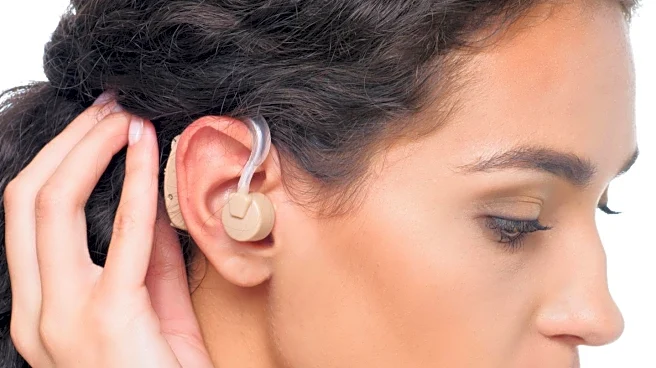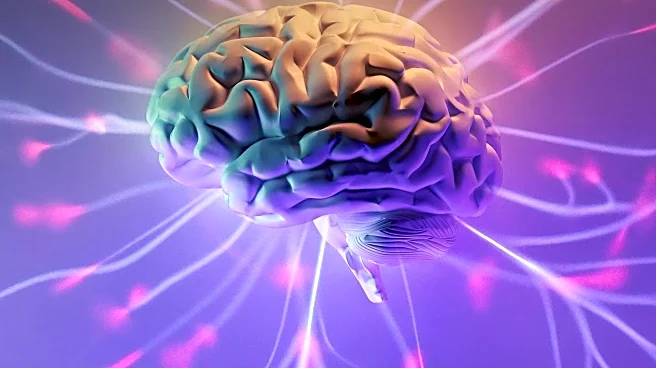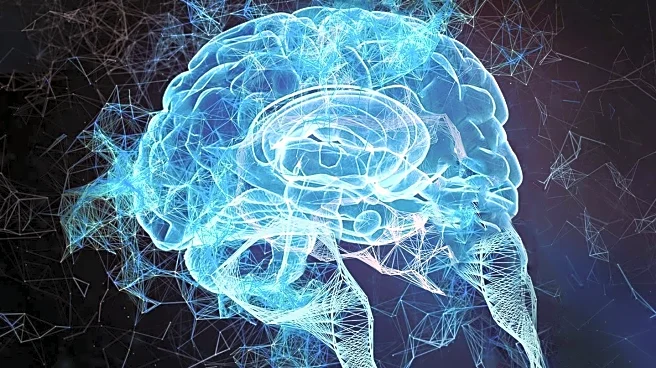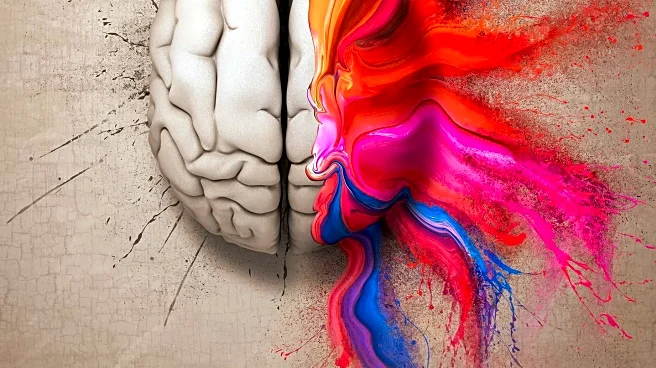What's Happening?
A study conducted by researchers at University College London and published in Nature Neuroscience has found that the brain retains a detailed map of a lost limb even after amputation. The study involved brain scans of individuals before and after arm amputations, revealing that the brain's representation of the missing limb remains unchanged. This challenges previous theories that the brain reorganizes itself after losing sensory input from a limb, suggesting instead that the brain continues to interact with the phantom limb.
Why It's Important?
The study's findings have significant implications for the development of prosthetic limbs and brain-computer interfaces. By maintaining a stable map of the lost limb, the brain could potentially allow for more effective control of prosthetic devices. This could improve the functionality and user experience for amputees. Additionally, the research provides new insights into phantom limb pain, suggesting it may be due to the brain's unchanged expectations for signals from the missing limb, which could lead to new pain management strategies.
What's Next?
The study paves the way for further exploration into brain-computer interfaces and their potential to enhance prosthetic limb control. Researchers may investigate how to utilize the brain's persistent limb map to improve prosthetic technology. Additionally, the findings could inspire new approaches to treating phantom limb pain, focusing on managing nerve endings and brain expectations.
Beyond the Headlines
This research challenges the notion of brain plasticity and its ability to adapt after limb loss, suggesting that the brain's capacity for reorganization may be more limited than previously thought. This could have broader implications for understanding neurological processes and developing rehabilitation techniques.











